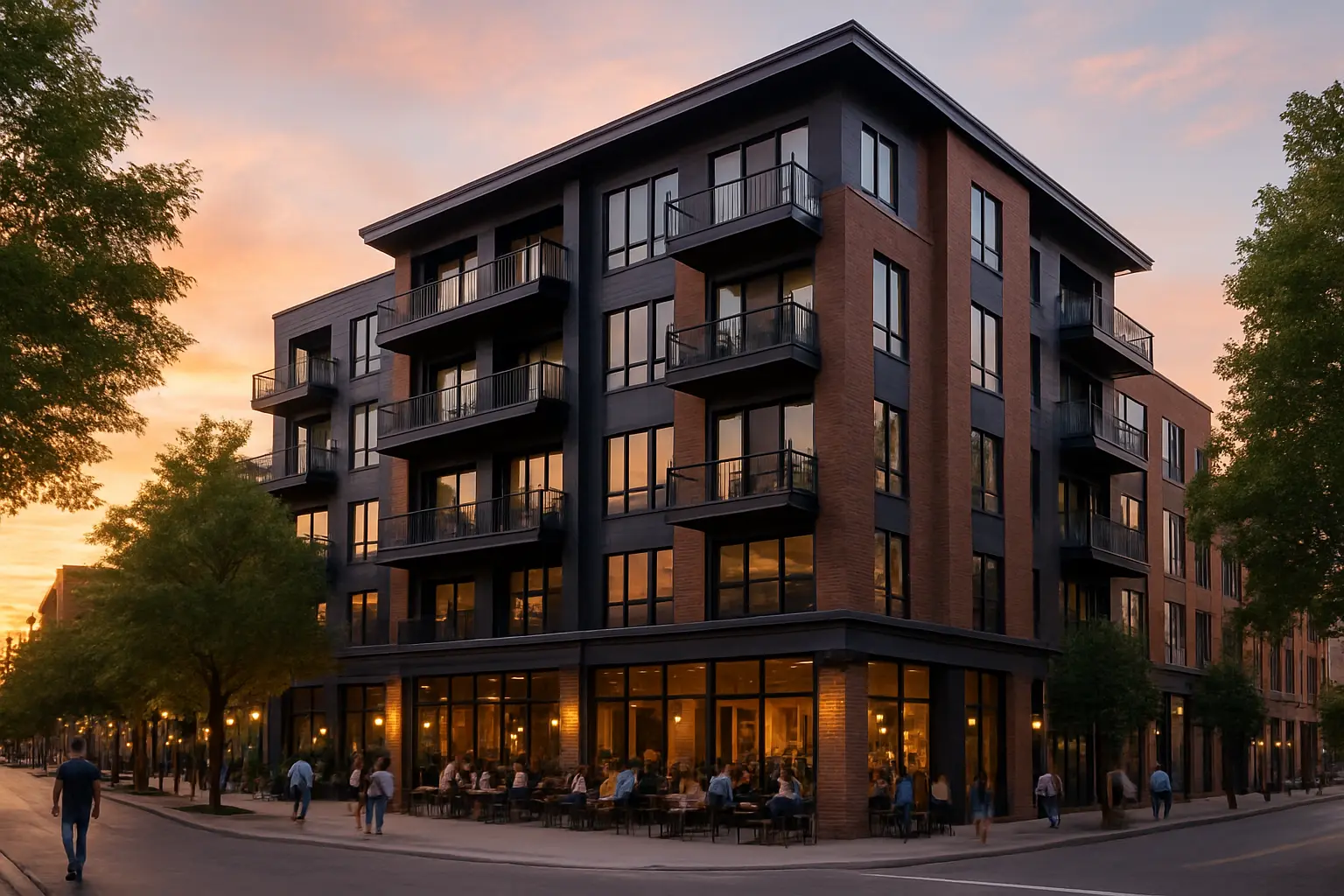Hidden Gems of Grand Rapids: Why Multi-Use Properties Are the Next Big Investment
Discover how savvy investors are maximizing returns by combining residential and commercial spaces in West Michigan's growing market.

The Evolution of Mixed-Use Properties in Grand Rapids
Grand Rapids has emerged as a hotbed for mixed-use property development, transforming from a traditional manufacturing hub into a dynamic urban center. The city's strategic embrace of multi-use developments has created vibrant neighborhoods where residents can live, work, and play within walking distance of their homes.
As Michigan's second-largest city continues to grow, developers and investors are capitalizing on the increasing demand for spaces that blend residential and commercial functions. These properties are becoming the cornerstone of sustainable urban development, offering solutions to housing needs while fostering community engagement.
Strategic Locations
Emerging Neighborhoods for Smart Investment
- East Hills: Known for its artistic vibe and historic architecture, perfect for boutique retail-residential combinations
- Monroe North: Riverside location ideal for luxury apartments above high-end restaurants
- Wealthy Street Corridor: Growing demand for mixed-use developments in this trendy district
- Bridge Street: Rapidly developing area with strong potential for retail-residential projects
Location Success Factors
The most successful mixed-use properties share common characteristics: proximity to public transportation, walkable streets, and established community anchors. These factors contribute to higher occupancy rates and sustained property value growth.
Financial Benefits and ROI
Multi-use properties offer distinct advantages over traditional single-purpose investments:
- Diversified income streams from multiple tenant types
- Reduced vacancy risk through market segment diversification
- Higher potential rental income per square foot
- Enhanced property value appreciation
"Mixed-use properties in Grand Rapids are showing 15-20% higher returns compared to single-use properties, with particularly strong performance in up-and-coming neighborhoods."
Cost-Benefit Analysis
While initial investment costs may be higher, mixed-use properties typically demonstrate stronger long-term financial performance. Investors report faster appreciation rates and more stable cash flows, particularly in properties that combine complementary uses such as ground-floor retail with upper-level residential units.
Future-Proofing Your Investment
Mixed-use properties offer unique advantages in adapting to market changes:
- Flexible spaces that can be modified based on market demands
- Built-in community appeal that maintains value through market cycles
- Sustainable design features that attract environmentally conscious tenants
- Resilience to economic fluctuations through diverse tenant mix
Adaptation Strategies
Successful investors are implementing forward-thinking strategies to ensure long-term value:
- Installing modular design elements for easy space reconfiguration
- Incorporating smart building technology
- Creating flexible lease structures
- Developing community-focused amenities
As Grand Rapids continues to evolve, mixed-use properties represent not just an investment in real estate, but in the future of urban living. These versatile properties are proving to be the key to sustainable growth and strong returns in West Michigan's dynamic real estate market.


